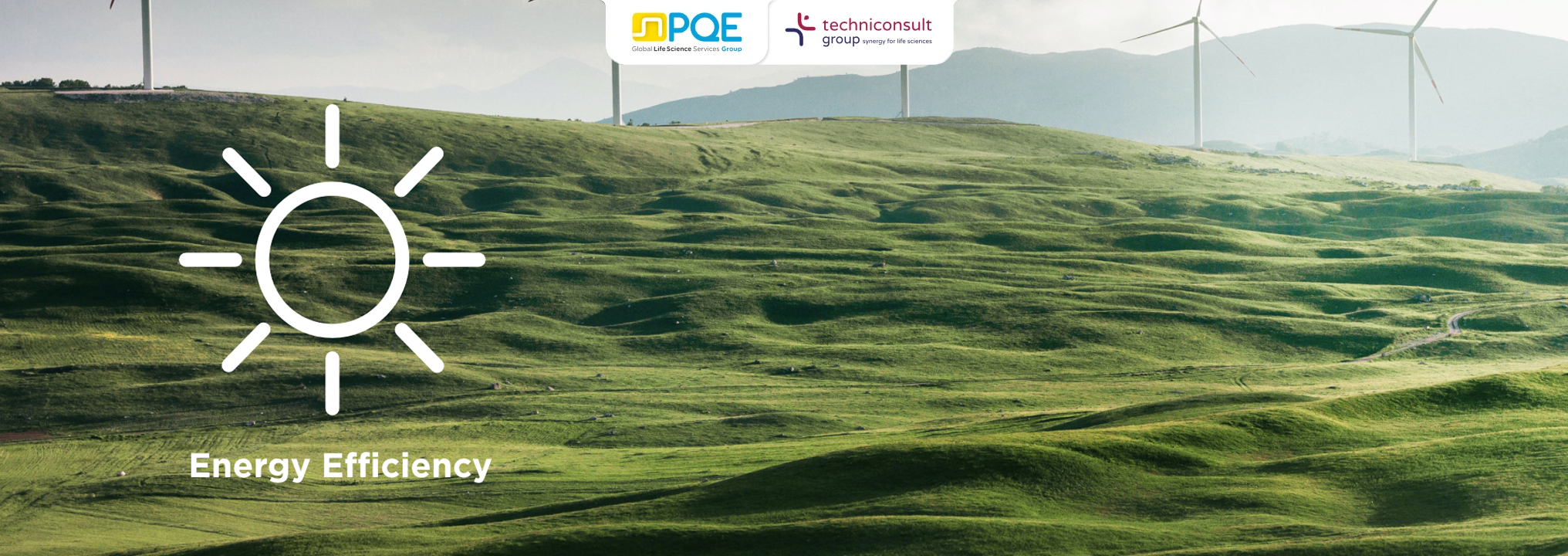 In the pharmaceutical sector, regardless of the company size, scope 3 emissions account for more than 90% of the total. However, it is challenging to act directly on that category. Conversely, effective solutions are feasible for reducing scope 1 and scope 2 emissions.
In the pharmaceutical sector, regardless of the company size, scope 3 emissions account for more than 90% of the total. However, it is challenging to act directly on that category. Conversely, effective solutions are feasible for reducing scope 1 and scope 2 emissions.
In light of this, decarbonization seems an unsolvable issue, and it would be true if the scope 3 value did not depend on the emissions, for example, of supply chains and transport companies. Indeed, actions for lowering scope 1 and scope 2 emissions produce a domino effect on the scope 3 class of the connected organizations. In other words, a reduction in direct emissions for a company generates a positive effect even on its stakeholders by lowering the related indirect emissions.
Without considering energy efficiency improvement actions since they will be examined in the next topic, decarbonization is a matter of clean production of consumed energy. In this frame, onsite renewable energy plants are the first option though the power density and the capacity factor of PV modules and wind turbines do not enable the complete fossil fuel replacement.
Therefore, this action shall be combined with the purchase of clean energy and, possibly, clean fuels. The former is a widespread practice, while the latter is limited due to the scarcity of renewable fuels on the market, like bio-methane or green hydrogen, and consequently their high costs.
As a consequence, in the present phase of the energy transition, an effective strategy concerns the electrification of energy uses even though it may lead to debatable solutions, like the extensive use of technology based on the Joule effect. Indeed, electrification is not an alternative to energy efficiency, they are rather complementary.
The principles above were applied to the case study we are going to talk about in the following: the decarbonization measures adopted for a green-field project related to a sterile drugs facility.
In particular, the implemented actions can be divided into two groups: pure decarbonization measures, which are the focus of the present article, and decarbonization measures performed by improving the plant energy efficiency. As mentioned above, the latter are shown in the next topic.
The first measure concerns a (more than) 85 kWp PV plant on the facility rooftop to reduce the purchase electricity amount. Although it contributes only to 2% of the total energy, its positive impact shall not be underestimated in terms of both decarbonization and economic savings.
Focusing on the energy uses, and in particular on those related to the productive process, the generation of Water For Injection (WFI) was analyzed in-depth. Such utility is usually produced through a distillation process which needs steam and then fossil fuels. On the other hand, the technology is extremely reliable due to the process’ simplicity.
Some alternatives are available on the market and enable the partial or complete replacement of steam with electricity. The best trade-off between environmental performance and reliability was identified in reverse osmosis combined with electro-deionization and thermo-compression. Such a measure enables a natural gas reduction by 30% for the production of WFI, while electricity consumption increases just by 3%.
 The total impact of all the decarbonization measures leads to a GHG emission reduction equal to 70% for scope 1 and 5% for scope 2, without considering purchased clean energy.
The total impact of all the decarbonization measures leads to a GHG emission reduction equal to 70% for scope 1 and 5% for scope 2, without considering purchased clean energy.
In this frame, it is worth underlining that the considered client is extremely sensitive to sustainability themes. Indeed, purchased energy is fully produced by certified renewable energy sources by contract.
Therefore, scope 2 emissions that account for 10 times those concerning scope 1 are offset.
Learn more on how to obtain a sustainable facility.


 In the pharmaceutical sector, regardless of the company size, scope 3 emissions account for more than 90% of the total. However, it is challenging to act directly on that category. Conversely, effective solutions are feasible for reducing scope 1 and scope 2 emissions.
In the pharmaceutical sector, regardless of the company size, scope 3 emissions account for more than 90% of the total. However, it is challenging to act directly on that category. Conversely, effective solutions are feasible for reducing scope 1 and scope 2 emissions.  The total impact of all the decarbonization measures leads to a
The total impact of all the decarbonization measures leads to a 

-1.jpg)
